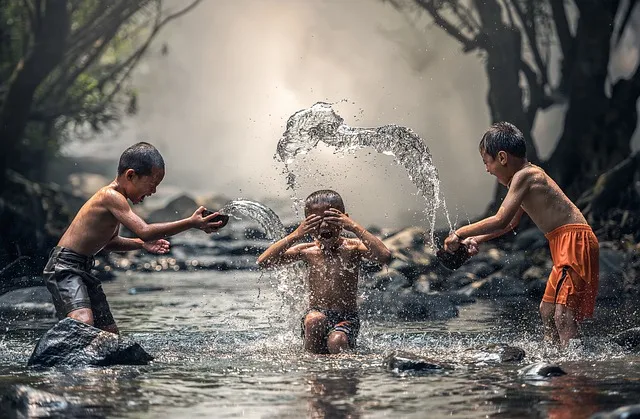Current situation of water resource utilization in Nepal
Current Situation of Hydroelectricity:
| Category | Total Installed Capacity (MW) |
|---|---|
| Hydroelectricity connected to the National Grid | 2,700 |
| Hydroelectricity not connected to the National Grid | 100 |
| Total | 2,800 |
Analyzing sector-wise consumption of electricity in the fiscal year 2023/24, the household sector consumed 44.1%, the industrial sector 35.2%, the commercial sector 8.5%, and the miscellaneous sector 12.2%.
Some of the major hydropower projects are:
| Project Name | Capacity (MW) |
|---|---|
| Upper Tamakoshi | 456 |
| Arun III | 900 |
| Tanahu | 144 |
| Upper Arun | 1,061 |
| Upper Tamor | 285 |
| Tila-1 | 440 |
| Tila-2 | 420 |
| Upper Marsyangdi 1 | 138 |
| Upper Khudi | 26 |
| Middle Kaligandaki | 53.5 |
Source: A Year in Review (2023), NEA
Current Situation of Irrigation:
Irrigation is an important use of water resources. The expansion of irrigation facilities can lead to crop integration and crop diversification which can help to create employment opportunities and to reduce poverty.In Nepal, the total geographical area is 14,751,600 hectares, with around 2,641,000 hectares (17.9% of the total area) being suitable for arable agriculture. The potential irrigable area using surface and groundwater sources is about 1,766,000 hectares (67% of arable land). As of the fiscal year 2023/24, 1,579,456 hectares of land have irrigation facilities.
| Type | Land Irrigated (Hectares) | Percent |
|---|---|---|
| Surface Irrigation | 840,000 | 53.2% |
| Underground Irrigation | 520,000 | 32.9% |
| Traditional Channels | 211,240 | 13.4% |
| Others | 8,216 | 0.52% |
| Total | 1,579,456 | 100% |
Source: MOALD, 2023/24
Due to the lack of availability of sufficient amount of water in the source and delay in implementation of the projects of water transfer and multi-purpose water reservoir projects, it is distressing to note that only 35% of areas of irrigated land are estimated to get year-round irrigation facility.
Some of the major irrigation projects of the country are as follows:
1. Bagmati Irrigation Project
2. Purbi Rapti Irrigation Project
3. Mahakali Irrigation Project
4. Bhairahawa Lumbini Irrigation Project
5. Chandra Mohan Irrigation Project
6. Narayani Irrigation Project
7. Sikta Irrigation Project
8. Rajapur Irrigation Project
9. Babai Irrigation Project
10. Sunsari Morang Irrigation Project
Current Situation of Drinking Water:
Drinking water is essential for human existence. Nepal has abundant natural resources in the form of water.The major sources of drinking water in Nepal include piped water, tube wells, springs, and other sources. Piped water alone constitutes about 50% of the total drinking water supply in Nepal. The systematic drinking water system began in 1951 A.D. with the construction of the Bir Dhara project.
By the end of the 15th Plan (2019/20-2023/24), around 95% of Nepal's population had access to safe drinking water facilities. However, this figure includes older projects that may no longer be functional. The 16th Plan (2024/25-2028/29) aims to further improve this by targeting universal access to safe drinking water, aiming to cover 100% of the population.
Despite these efforts, challenges remain, particularly in remote and underdeveloped regions such as Sudurpaschim and Karnali, where access to drinking water and sanitation facilities is still inadequate. The government, in collaboration with various international organizations, continues to work towards improving water supply systems and ensuring sustainable access to safe drinking water for all.


.jpeg)
0 Comments
If this article has helped you, please leave a comment.